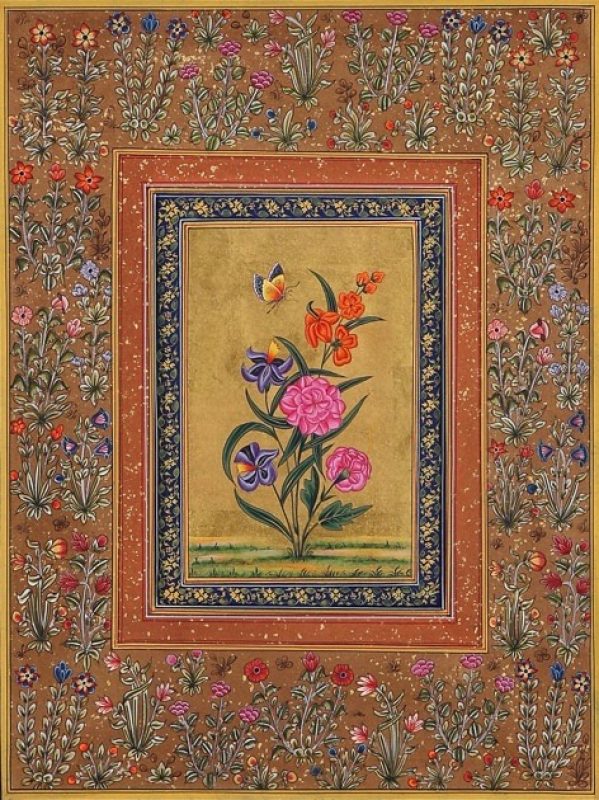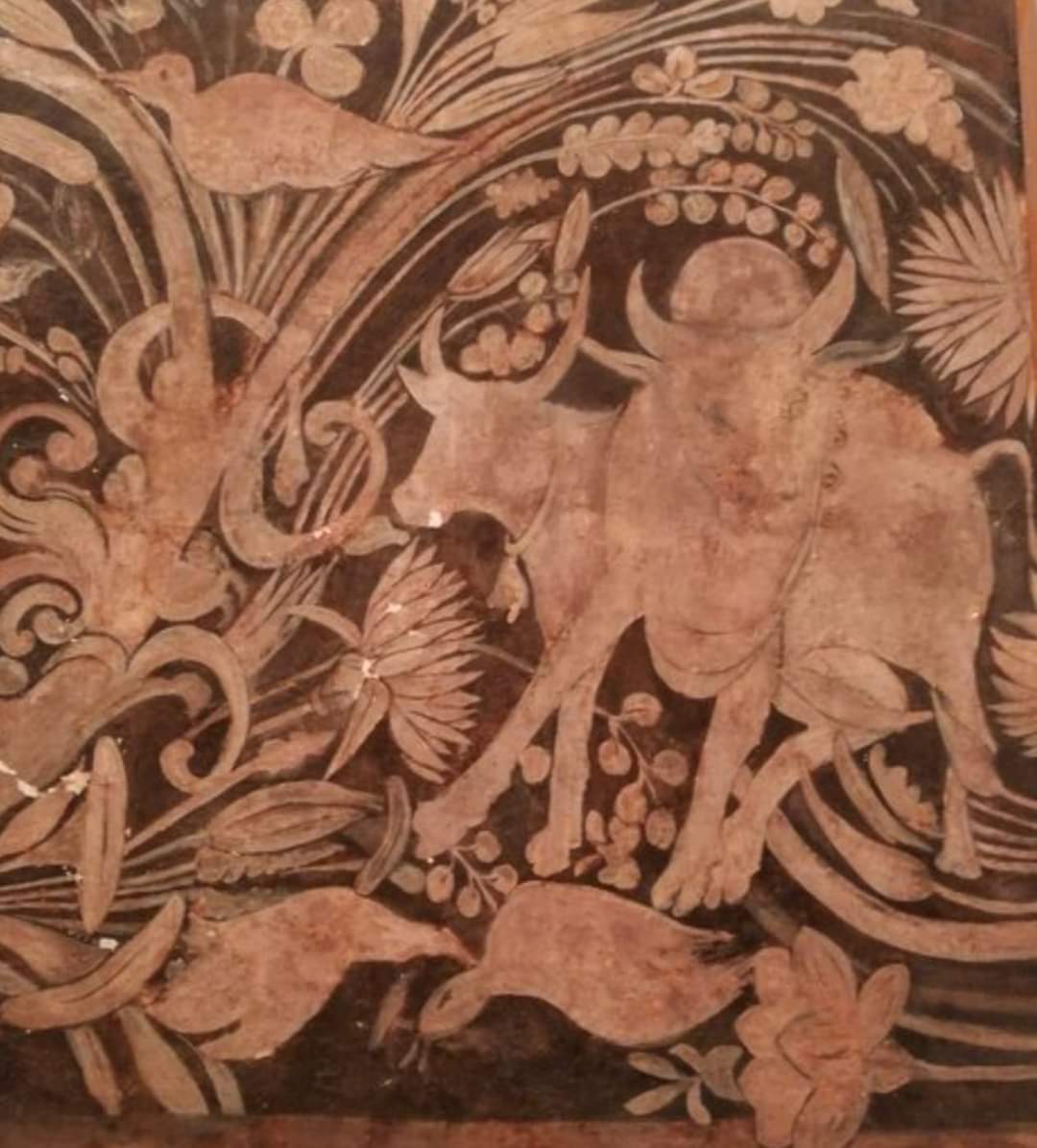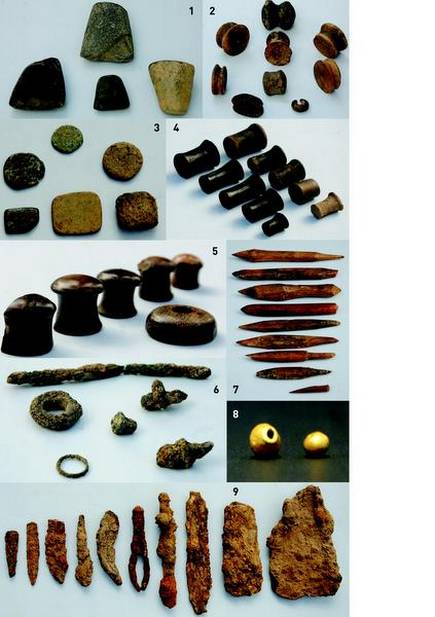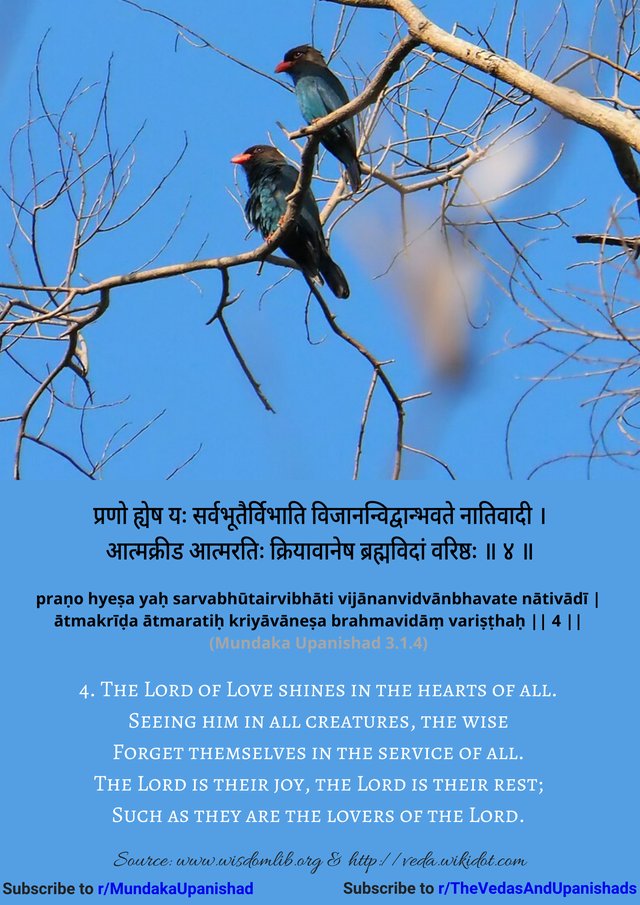
As the name suggests, MINIATURE PAINTINGS are colorful handmade paintings very small in size. One of the outstanding features of these paintings is the intricate brushwork which contributes to their unique identity. 



The colors used in the paintings are derived from various natural sources like vegetables, indigo, precious stones, gold and silver. While artists all around the world convey their respective theme through their paintings, the most common theme used in the miniature.. 

..paintings of India comprises of the Ragas or a pattern of musical notes, and religious and mythological stories. Miniature paintings are made on a very small scale especially for books or albums. These are executed on materials, such as paper and cloth. 

The Palas of Bengal are considered the pioneers of miniature painting in India. The tradition of miniature paintings was further taken forward by the artists of various Rajasthani schools of painting, including the Kishangarh, Bundi Jaipur, Mewar and Marwar. 

Natural stone colours are used in a paper-based “wasli” for the creation of these paintings. The miniature paintings have developed into several distinct schools of miniature like Mughal, Rajasthan, Deccan, Kangra, Malwa, Pahadi, etc. 

Miniature paintings originated in India around 750 A.D when the Palas ruled over the eastern part of India. Since religious teachings of the Buddha, accompanied by his images, were written on palm leaves, these paintings became popular. 

As these paintings were done on palm leaves, they had to be miniature in nature because of space constraint.Around 960CE,similar paintings were introduced in western parts of India by the rulers of the Chalukya Dynasty. 

During this period,miniature paintings often portrayed religious themes.Rajasthan had their own distinct features and often depicted the royal lifestyle and mythological stories of Sri Krishna and Radha. 

Most of these miniature paintings depicted the lifestyle of Kings and Queens and also narrated their tales of bravery. Some of these paintings were also created to showcase the contribution of various rulers towards their respective subjects and kingdoms. 

• • •
Missing some Tweet in this thread? You can try to
force a refresh



























